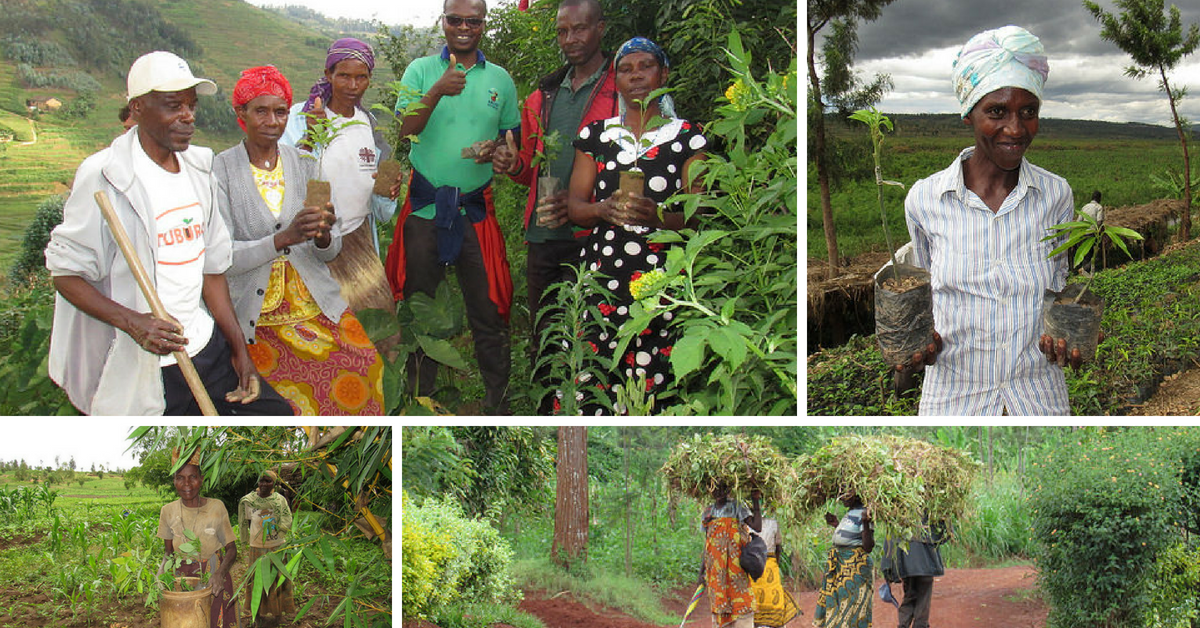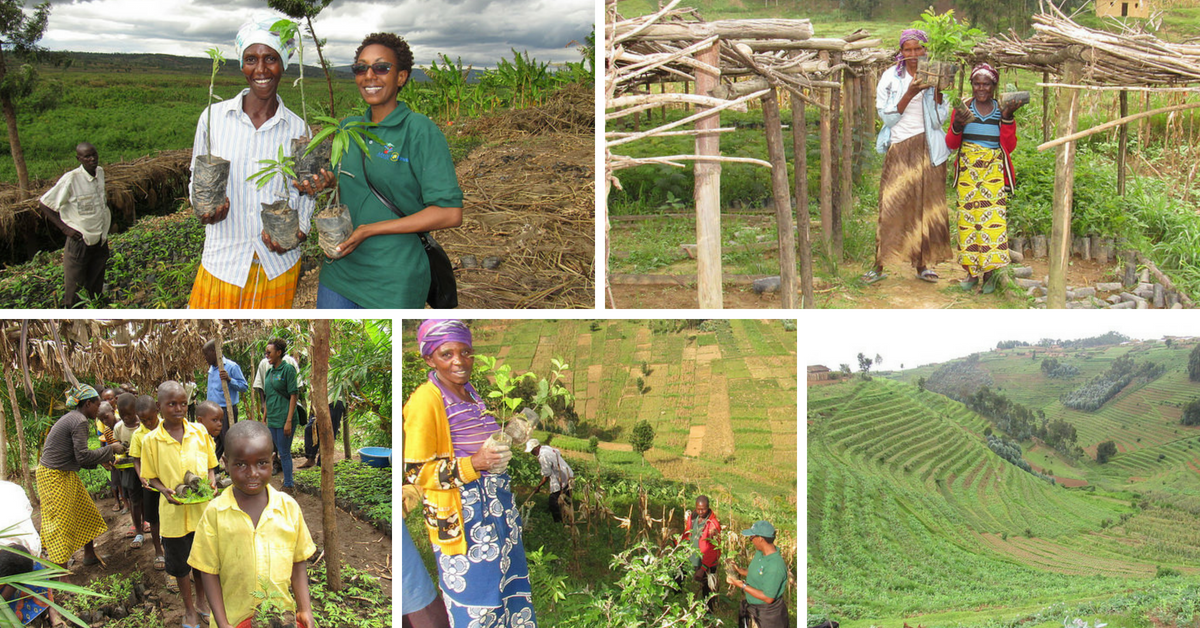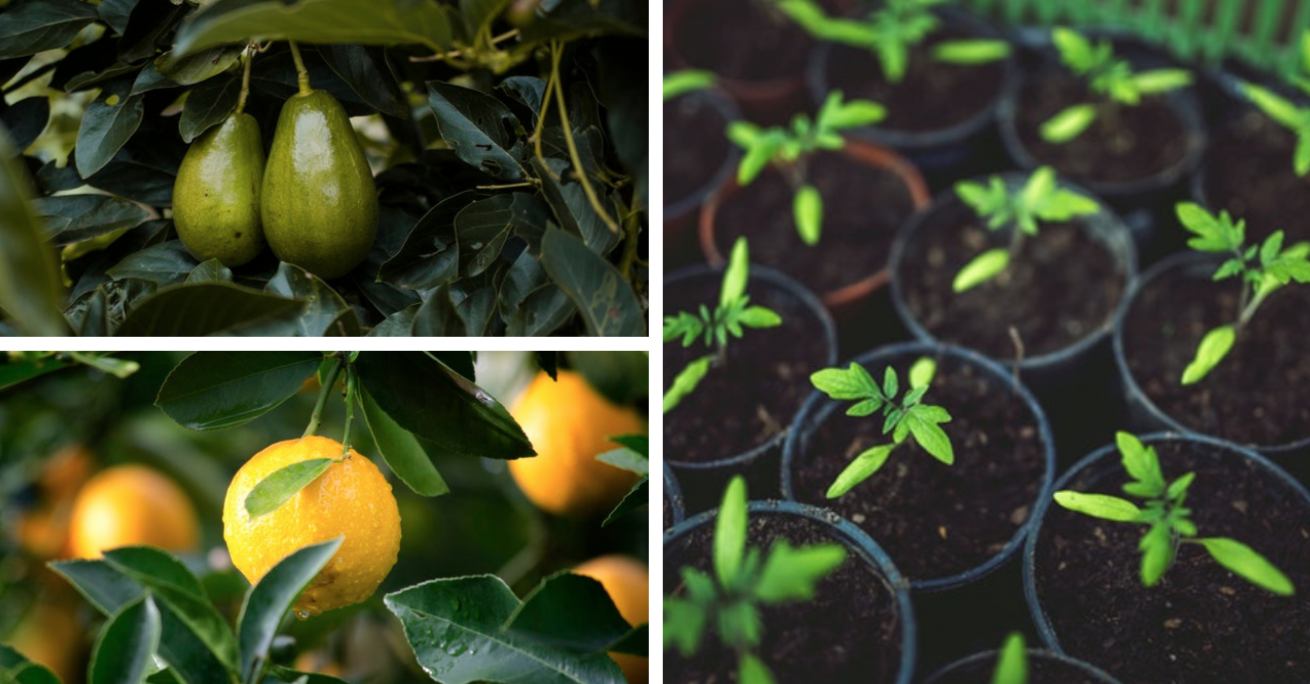Mineheart starts out its journey to help plant 25,000 trees in Rwanda, Kenya and Ethiopia
21st Jan 2019
Mineheart is setting out on a journey to help plant 25,000 trees in Rwanda, Kenya and Ethiopia (Rwanda, Ethiopia and Kenya tree planting) which are areas, like many others, that have been impacted heavily by deforestation. Mineheart believes that art and design can be a strong force for good and supports environmental and sustainability projects around the world including tree planting in Kenya and wildlife conservation. The majority of the world’s forests are already destroyed so help is needed to replant them and make the world a greener place.
ONE ROLL ONE TREE
On 6th December 2018 Mineheart officially started its project to plant one tree for every roll of wallpaper they sell, this will support current efforts to rebuild green areas in Africa that have been heavily impacted by deforestation.
WHY TREES?
Wallpaper is made from sustainably sourced paper
80% of the worlds forests are already destroyed
28,000 species are expected to become extinct by the next 25 years due to deforestation
Every 2 seconds man destroys an area of forest the size of a football field
Climate changing if forests are destroyed through logging or burning, their carbon is released into the atmosphere as carbon dioxide, a climate-changing greenhouse gas.
80,000 of forests disappear from the Earth every day

ABOUT THE PROJECT
Planting trees is one of the simplest ways to help nature regenerate lost landscapes, increase biodiversity, and offset carbon emissions. But beyond the known global benefits of reforestation, there are many additional multi-dimensional advantages that trees can provide to a particular region.
This project is made possible by our partership with charity One Tree Planted and the projects are all possible thanks to the World Resources Institute, a global research organization working to create a sustainable future. WRI carefully vetted the on-the-ground partners in these locations to validate environmental restoration needs, foster quality relationships, and ensure accountability.
Much of the focus of the reforestation efforts in Africa will be around agroforestry and food security, which will also help to reduce soil erosion, landslides and severe floods downstream, benefit environmental restoration, store carbon, and ensure that more families thrive. This coop strives to improve livelihoods of vulnerable people, especially women and youth, through sustainable agricultural practices, and promoting cultural values/natural heritage conservation in agricultural areas. Its activities include livestock rearing, horticulture, and producing and planting trees in various member farms. The coop also carries out activities to raise awareness about the benefits of land restoration and sustainable agriculture.

Agroforestry is agriculture that incorporates the cultivation and conservation of trees, and it is gaining attention as a productive practice that leads to soil enrichment rather than soil depletion. After many years of conventional farming, farmers have begun to realize that such practices lead to diminishing returns, and that agroforestry provides a more sustainable and net-positive solution.
In addition to soil depletion, it has been a combination of deforestation for timber and fuel, a growing population, conflict, climate change, and landslides that have all contributed to the need for reforestation in this area.
“Forest landscape restoration involves listening to the beneficiaries, to people, to see if their needs can be met. At the same time, one of the goals of restoration is to restore the services that the forest landscape used to provide,” says Sam Kanyamibwa, Executive Director of ARCOS.
In Rwanda, the trees planted will include an assortment of species for the mountainous ecosystem around the farm to reduce the frequency of floods, which have been a challenge for many years, as well as fruit trees to be planted, these will include Grevillea, Markhamia, Plyscias, Avocado, Lemon, Tree Tomatoes, and Orange trees. The project plan will also encourage communities to plant the indigenous trees easily propagated by cuttings including Erythrina and Ficus. Food-producing trees offer many of the same environmental benefits as other types of trees, with the added advantage of producing food to be consumed and sold. Because food production is essential and the trees are a part of the farm, this creates an inherent certainty that the trees will be well cared for in the long-term.


